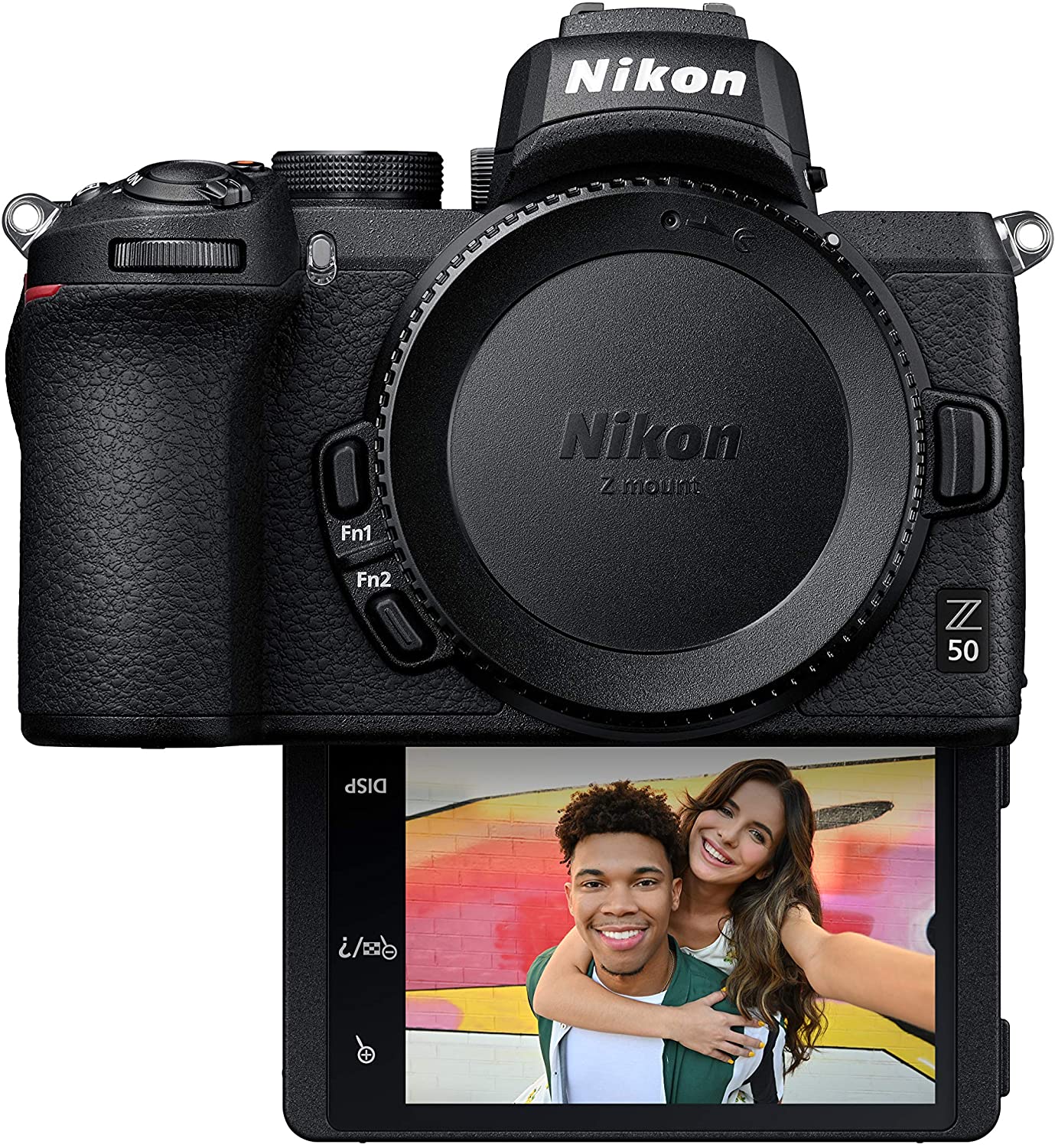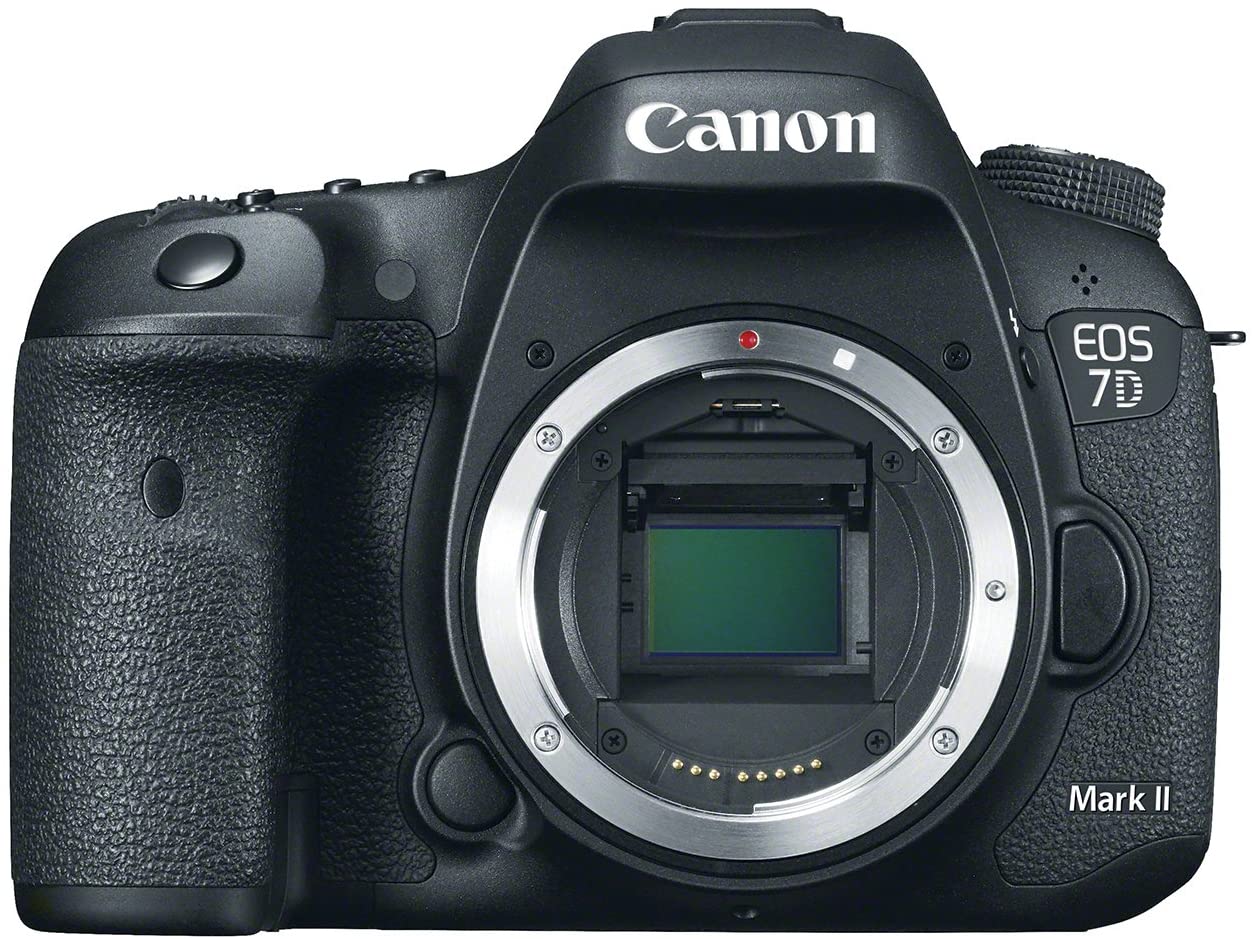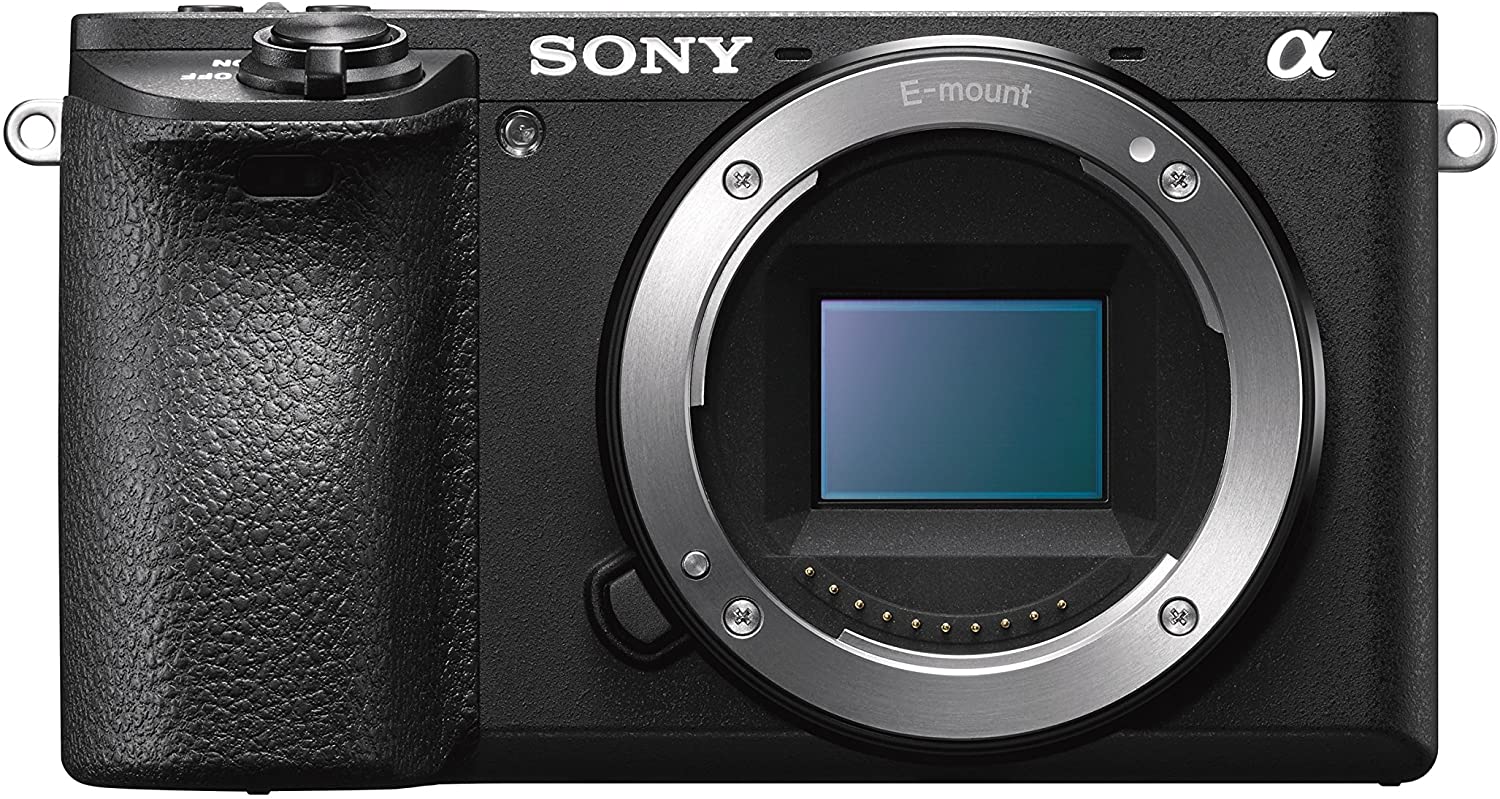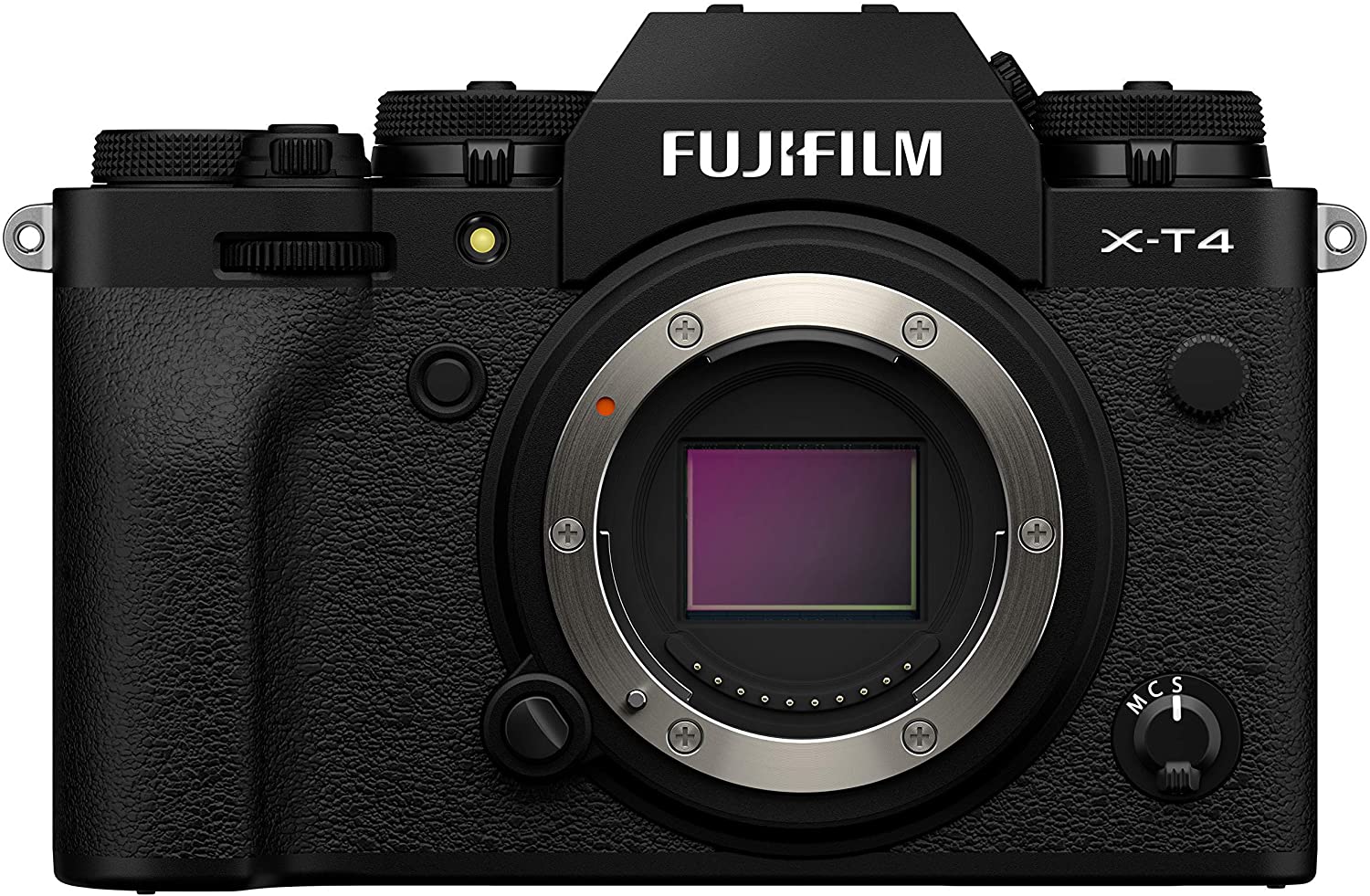In this Just Digital Gear Review, we take a look at the best vlogging cameras for the serious (or even beginning) Youtube content creator and vlogger. Specifically, we review the top mirrorless and DSLRvlogging cameras for 2021. With the rise of social media influencers came the rise of a new form of marketing. One that demanded a new form of content from a new kind of creator. The vlogging and social media influencer industry has seen a lot of growth over the past couple of years and we want to help content creators create. When it comes to choosing a vlogging camera, there are many things that need to be taken into consideration. The most important one is to decide what kind of vlogs you’re going to film. You need to understand that you need a vlogging camera that fits what you want to do. Once you have an idea, it’s easier to choose a camera that fits your needs. There are many excellent cameras on the market for vlogging. So let’s take a look at what camera fits best to kickstart your content creation! Let’s get started. Note: If you want to see other of our top picks for best vlogging cameras, check out our review here. We came out with our list of Top compact Vlogging cameras where we featured Canon PowerShot G7 X Mark II, Canon EOS M50, Panasonic LX10, GoPro Hero6 Black and Fujifilm X-A5. Resolution is not as vital as you would think, but it should still be necessary. Although 4K video at 1080p (Full HD) is becoming popular, vlogging with a lower resolution camera is still more than good enough, particularly if you’re just getting started. You might also get away with a 720p video camera, but I would not suggest doing that. Generally, low light efficiency refers to ISO. In other words, the greater the ISO, the more light your camera can absorb, the more light your camera will collect. ISO is the camera’s sensitivity to light. One drawback is an increase in noise and grain with a high ISO. Noise and grain can decrease the image quality depending on how high you push the ISO. This criteria will again depend highly on the type of content you’re hoping to produce. Low light performance will not be too much of a concern if you are going to have complete control over your lighting, because you would have enough light to be able to use a lower ISO. However, if you aren’t shooting under studio lights or if you’re going to be wandering about in your vlog you won’t be having much control over your lighting. Depending on your camera, you might end up having to bump up your ISO to improve visibility and video quality. So it’s just something you need to look out for, and if you know you’re going to be doing vlogs where you’re heading to really different lighting circumstances, then a camera that can manage higher ISO will be better. The lens you get will depend on the kind of camera you choose. If you opt for a digital camera, then only the lens that comes with the camera can be used. If you go for something like a mirrorless or DSLR camera, then you can choose from several lenses. You will be able to use interchangeable lenses using DSLR and mirrorless cameras. This means the lens on your camera can be adjusted. This also helps you to purchase lenses that suit your vlogging style and gives you more creative leverage. The aperture of the lens is important. Generally higher quality lenses will have a wider aperture which allows the lens to absorb more light. A wide aperture is also great for enhancing the aesthetics of each vlog you make, enabling you to achieve a blurred background effect for your vlogs. A f/1.8 aperture is available for some of the best 50mm lenses. The amount of noise your camera generates at a higher ISO setting also affects its ability to work in conditions of low light. Bear in mind that it doesn’t necessarily come with a lens if you’re going to go with a mirrorless or DSLR camera. When you look at these cameras, make sure it doesn’t say body only. Generally most vloggers do their vlogging alone, so not having video autofocus on your camera can be an absolute deal breaker. You can’t be in front of a camera and try to keep monitoring the focus of your lens. Look for a camera with a great autofocus system. It saves you time, and the nightmare of having to edit or scrap unusable clips. Don’t wait for your viewers to sound off in the comments calling you out for your shaky and crunchy videos. Before buying a camera, check to see if it has optical image stabilization. Although this feature is not mandatory for vlogging, it is recommended. Especially for vloggers who aren’t staying put in the video. When it comes to vlogging, not everything will be done in one take. Shooting and filming will go on for hours on end, so it’s crucial to get a camera with great battery life. It’s ideal to have a camera where you can change the batteries with spares or a camera with the ability to film even while it’s plugged in to charge. Nothing will make audiences drop a video than bad sound quality. People would much prefer to watch a video with decent sound quality at 720p, for instance, than to watch a 4K video with bad sound quality. Sound quality will produce a video that can damage your vlogging site, or ruin it. Sound equipment can, sadly, be pricey, but there are also cheaper alternatives that can provide decent sound quality while being inexpensive. There are various types of microphones, much like cameras and lenses. You may need a different type of mic, depending on the style of vlog you want to make. There are some vlogging cameras with a built in microphone input, but since it is considered a luxury feature, almost all compact cameras do not come with a microphone input. You can try relying on the camera’s microphone, but you’re going to have to locate it so you don’t accidentally cover it while filming. A vlogging camera requires a flip-screen or it would be almost impossible to vlog. Flip out displays will let you see the camera screen when you are filming your vlog. This makes it easier for you to get your focus and exposure right. It will also allow you, if the camera has the power, to track your audio levels. Look at cameras from your price bracket as you hunt for the right vlogging camera. See what video features they have, do some analysis on those features and then strive to find a more affordable camera with as many of those features as possible. We have listed below the best vlogging cameras in 2021 If you are a vlogger who wants to do a lot of creative work with your camera then the Sony A7R III mirrorless camera is the one for you. Today, a lot of vloggers are professional so it makes sense to get a vlogging camera that has a lot of features when it comes to photos and videos. The Sony A7R III gives you great videos along with photos. The A7R III has an impressive 42.4-megapixel camera sensor that creates the best photographs you’ve ever seen. With a 3″ LCD screen, the camera can film at a stunning 4K resolution. The camera gives you an ISO of 32000 with very low noise which is great and it has fast and accurate autofocus. This latest mirrorless camera can provide a unique combination of high resolution and high frame rates. With a checked shutter of some 500,000 cycles, its build quality is very robust. Stunning ISO sensitivity for still images improved up to 102,000 & its sensitivity is 25,600 for 4K.With 10 frames per second, its sensor can deliver superb accuracy & stable-shooting speed at maximum resolution. In addition, it can also accommodate approx. 76 Raw File Compresses. It has an ideal buffer quality without which frame rates operate less. In addition, without sacrificing on speed, this camera also carries a dual memory slot. Specifications: Key Features: Pros: Cons: This beauty is selling out – and there’s a good reason why. The Canon EOS 7D MARK II DSLR is an efficient camera to carry around. It has an amazing autofocus system that can take sharp shots even when the subject is on the go. The Canon EOS 7D Mark II got a convenient burst of 10 frames per second. Its dual processor and upgraded hardware will provide you with extremely bright, crisp images. Its dual processor and upgraded hardware will provide you with extremely bright, crisp images. You would be impressed by its outstanding ISO handling, which goes up to 16,000. With its high-quality glass & the best battery life, you can get the most out of this camera. The is the best option for all-rounder users. You’ll get outstanding picture quality, fantastic footage, fast frame rate, a solid build, a decent system of autofocus, and the list goes on. It’s definitely worth the price. Specifications: Key Features: Pros: Cons: Panasonic changed the game with a hybrid camera—the Panasonic Lumix DC-GH sequence. The GH5 is currently the fifth generation of this camera and is viewed as a hybrid where both video and stills of the same intensity are prioritized. The amazing features you get from this camera is an expensive price to pay. It is important for you to question yourself with this steep of a price tag. Will this camera elevate your vlogs that much more than other, more affordable cameras on the market? The GH5, however, brought the camera to the next level. Without cropping, the camera produces 4K video. It will shoot up to 59.94p and 48p, which is almost unheard of by its rivals. And the camera makes extensive use of its sensor, which can be seen from the fact that by oversampling from 5.1K it offers sharp video. In addition, the image quality in the GH5 is expanded by newly evolved Panasonic technology. Lastly, the camera provides stunning stills extracted from film. This is a perfect platform for vloggers to use to present a slice of a video clip to their viewers. Specifications: Key Features: Pros: Cons: With its flip-down LCD panel, the Nikon Z50 is ranked as one of the best vlogging cameras. This Nikon APS-C camera is very handy and economical. It is the ideal choice if you are searching for the best Nikon camera for making YouTube videos and vlogs. A 20.9MP sensor is at the core of the Z50, and is joined by an Expeed 6 processor (the same engine as the Nikon Z6/Z7. While this has the same pixel count as the Nikon D500 DSLR, we are assured that it is not the same sensor. The Expeed engine allows to promote features such as 4K video capture, as well as the native ISO range, which begins as low as ISO 50 and tops at ISO 25600. Z50 also has autofocusing and a 209 on-sensor AF points spanning roughly 90% of the frame and promising to offer edge-to-edge sharpness. You have the option of a 0.39-inch, 2360k-dot optical viewfinder to compose your images (which is narrower and lower in resolution than the one on the Z6/Z7), or a touch-sensitive 3.2-inch tilting TFT LCD. Unlike the Z6/Z7, you have the advantage of tilting this to face forward from the bottom hinge, making it convenient for selfies – but not so for mounting the camera to a tripod. Specifications: Key Features: Pros: Cons: The famous A6500 vlogging camera has great buffer capacity, a steady shot image stabilization, and a maximum 11fps uninterrupted shooting speed. Its magnesium body is durable, lightweight, and weather resistant. It has a 24.2-megapixel sensor that is perfectly combined with the new LSI & Sony BIONZ X front-end image processor, ensuring high-end output and speed. Sony also ensures sharp images, and supreme texture with low noise. Another major feature that brings an advantage to the A6500 is the 5-axis steady shot in-camera image stabilization and its advanced & solid autofocus. You do not need to go for a mount for optical stabilization with this camera. Plus the 4K video capture is spectacular and smooth. Specifications: Key Features: Pros: Cons: For a much cheaper price, APS-C cameras can deliver virtually the same picture quality, with almost all the features and performance as a mirrorless camera. And the brand-new Fujifilm X-T4 appears to have everything any beginner, enthusiast and professional might like right now. The Fujifilm X-T4 is filled with amazing imaging features, but it’s still the best video camera ever made by the brand. It supports 10-bit resolution 4K recording, provides a flat color grading profile, and five-axis image stabilisation for clearer handheld footage. External microphone support is available, and headphones can be attached via USB-C for monitoring (a 3.5mm dongle is included in the box). In-camera profiles are massive if you don’t want to rate your own footage, providing a variety of looks. Specifications: Key Features: Pros: Cons: With such a competitive industry as vlogging, you’re going to need the best equipment that can get to reflect the quality of your work. Depending on your requirement, you can choose the vlogging camera that is most appropriate for you. We hope you found this post helpful. For more reviews, check out more of our blog posts! Best Vlogging Camera Reviews – 2021 DSLR and Mirrorless Cameras

What to look for when choosing a vlogging camera?
Video Resolution
Light Performance
Lens
Autofocus
Stabilization
Battery Life
Camera Microphone or Input Microphone
Flip Screen
Budget
Top Vlogging Cameras in 2021
Sony A7R III MIRRORLESS
CANON EOS 7D MARK II DSLR
PANASONIC GH5
Nikon Z50 Compact Mirrorless Digital Camera with Flip Under Selfie
SONY ALPHA
Fujifilm X-T4
SONY A7R III MIRRORLESS
CANON EOS 7D MARK II DSLR
PANASONIC GH5

Nikon Z50 Compact Mirrorless Digital Camera with Flip Under Screen

SONY ALPHA A6500
Fujifilm X-T4
Conclusion – What Are The Best Vlogging Cameras?
With Just Digital,
Success is Easy-Peasy Lemon-Squeezy.
When life gives us lemons, we generate results. Contact us today and we can start making lemonade.










